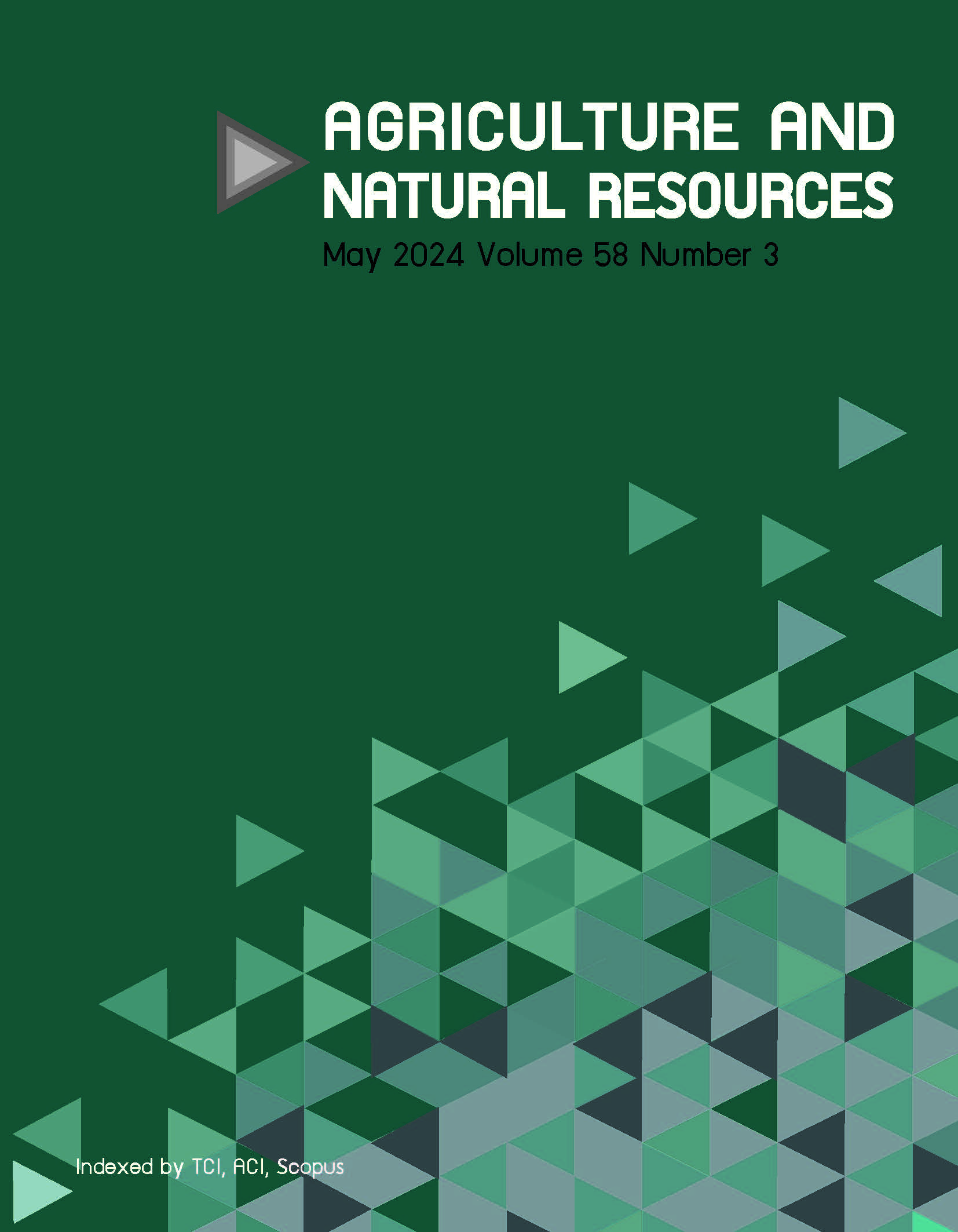Integrated approaches to manage mustard aphid Lipaphis erysimi (Kaltenbach): An update
Keywords:
Aphid, Brassica, Integrated, Lipaphis, MustardAbstract
Importance of the work: This review paper compared and elaborated on recent updates about various effective approaches to control mustard aphid.
Objectives: To promote environmentally friendly and ecologically beneficial research in the field of pest control without compromising production in field crops.
Materials & Methods: Various important and economically effective approaches against mustard aphid were compiled. Different approaches were compared from an economic viewpoint. Promotion of integrated approaches was based on the research findings of various scientists in respective fields.
Results: Comparative management of aphids through various approaches is a keen area of interest to farmers as well as researchers. Undoubtedly, chemical approaches offer most effective control compared to all other approaches; however, the toxicity and residual effects of chemicals disturb the ecological balance. The tendency of researchers to move to integrated approaches was notable and could be an effective way to reduce the chemical loads on the environment. The use of cultural, mechanical, biological, botanicals and chemical controls in combination are long-term and sustainable approaches to manage the impact of mustard aphid in mustard fields. Therefore, a sound integrated pest management module should be developed with the objective of integrating all possible management practices that are environmentally vibrant and effective to manage the aphid catastrophe in mustard fields.
Main finding: Chemical insecticides should only be applied in situations where the aphid population is far above the economic threshold level, and if so, only systemic insecticides at recommended dosages should be used as these pose minimum harm to natural enemies in the mustard ecosystem.
Downloads
Published
How to Cite
Issue
Section
License
Copyright (c) 2024 Kasetsart University

This work is licensed under a Creative Commons Attribution-NonCommercial-NoDerivatives 4.0 International License.
online 2452-316X print 2468-1458/Copyright © 2022. This is an open access article under the CC BY-NC-ND license (http://creativecommons.org/licenses/by-nc-nd/4.0/),
production and hosting by Kasetsart University of Research and Development Institute on behalf of Kasetsart University.







